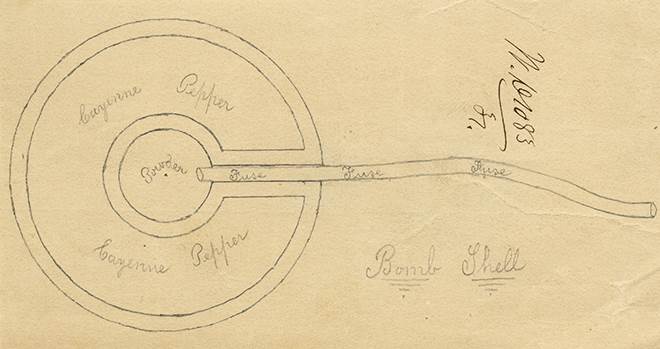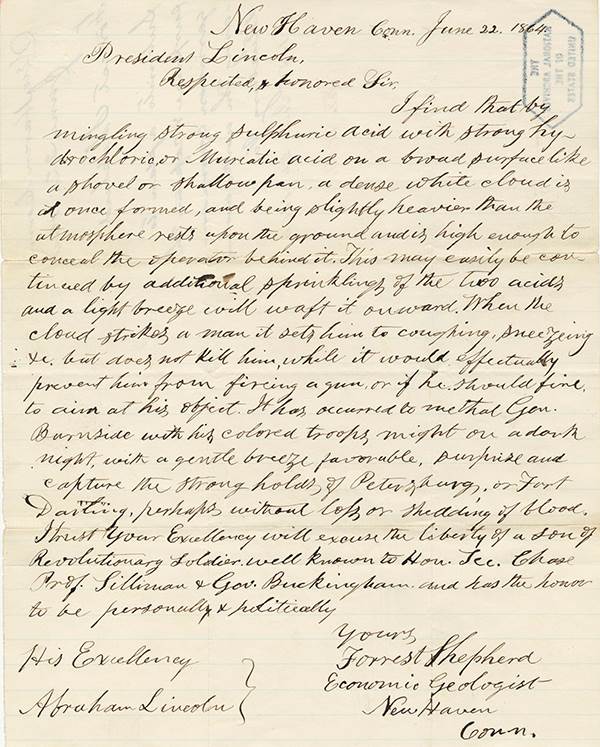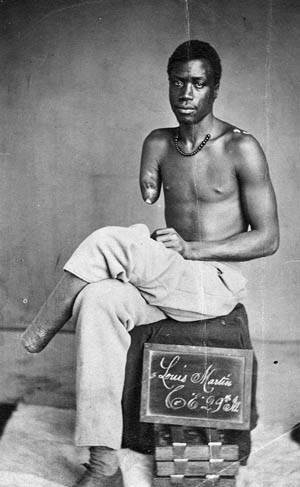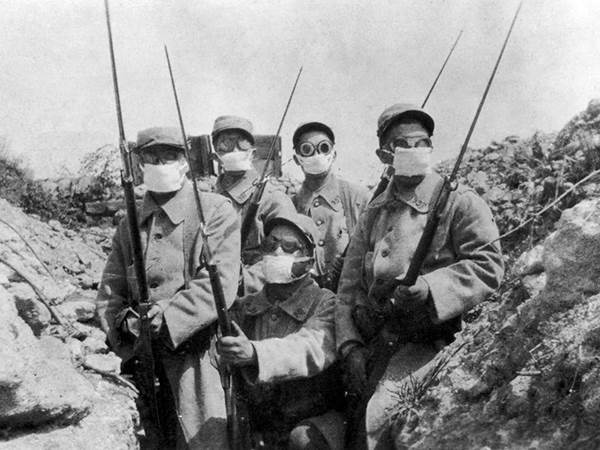By Daniel Worthington
After the Confederates bombarded Fort Sumter, the Scientific American and other journals urged Americans to channel their natural affinity for science and technology to designing weapons of war. The American public responded enthusiastically, flooding the federal and state governments with ideas for munitions, airships, projectiles, ironclads, repeating rifles, incendiaries, and other tools for combat.
Senior military officials and arms manufacturers rejected proposals for new weapons, but Abraham Lincoln championed invention and innovation to give Union soldiers and sailors an edge over their Confederate counterparts and, as the war churned on, to tip the scales in favor of the Union and lessen the bloodshed. Facing opposition from the Army, Navy, and private industry, Lincoln effectively became a one-man weapons research and development agency. He reviewed new armament proposals, gave audiences to would-be inventors, arranged for trials, secured funding for research, placed orders for new weapons, and tested many gadgets himself.
 John W. Doughty's diagram of a proposed chlorine gas shell.
John W. Doughty's diagram of a proposed chlorine gas shell.
Among the thousands of ideas that came across Lincoln’s desk were proposals to use toxic chemicals or gases to blind, burn, asphyxiate, or otherwise incapacitate the enemy. In August 1861, Vincent Fountain Jr., of Staten Island proposed adoption of a projectile filled with cayenne pepper. In May 1862, John W. Doughty, a New York City school teacher, sent Lincoln a diagram of a shell filled with chlorine gas to be used against entrenched Confederates. The Union Army did not adopt either of these ideas, but this did not stop others from suggesting chloroform, arsenic, sulfur, and other chemicals as weapons.
 Vincent Fountain Jr.'s proposal for a bomb filled with cayenne pepper
Vincent Fountain Jr.'s proposal for a bomb filled with cayenne pepper
As Union troops engaged in the siege of Petersburg in June 1864, Forest Shepherd proposed an attack on Confederate trenches using a cloud of hydrogen chloride. A Yale graduate and noted economic geologist, Shepherd assured Lincoln that an operation using hydrogen chloride, a noxious compound derived during normal laboratory experiments, would not be lethal, but would leave the enemy coughing and sneezing, rendering them unable to either fire their guns or, if they did succeed in firing, to aim them properly.
And whom did Shepherd propose to send into battle with this untested weapon? African American troops, who had already seen action in the initial attack on Petersburg. “It has occurred to me,” Shepherd wrote, “that Gen. Burnside with his colored troops might on a dark night, with a gentle breeze favorable, surprise and capture the strongholds of Petersburg, or Fort Darling, perhaps without loss or shedding of blood.”
 Shepherd's letter to President Lincoln
Shepherd's letter to President Lincoln
Union military officials did not adopt Shepherd’s idea, and the siege continued. Union Army commanders spared African-Americans the indignity and danger of testing noxious gas before Petersburg, but only a month later, many experienced an arguably more horrendous fate: thrust headlong into combat, many were maimed or lost their lives in senseless assaults at the Battle of the Crater.
 Louis Martin, who spent his later years in Springfield, Ill., lost an arm and foot at the Battle of the Crater.
Louis Martin, who spent his later years in Springfield, Ill., lost an arm and foot at the Battle of the Crater.
Although Union and Confederate military officials refrained from employing chemical or gas weapons, military leaders had fewer scruples fifty years later. Poison gas would be introduced as a tactical weapon on World War I's Western Front in April 1915, when the Germany Army used legal chlorine gas — the very substance that Doughty had advocated — at the Second Battle of Ypres, with devastating effect.
 British troops trying to protect themselves from a horrifying new weapon — poison gas
British troops trying to protect themselves from a horrifying new weapon — poison gas
Daniel Worthington directs the ALPLM's Papers of Abraham Lincoln.